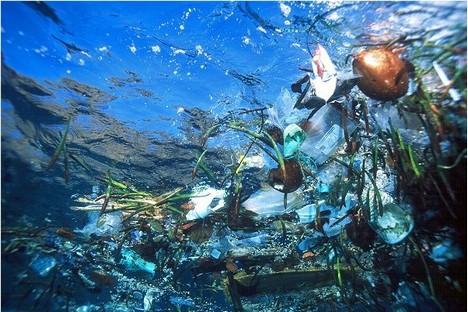
It goes by a few names and doesn’t seem to get much attention, but the Great Pacific Garbage Patch is worth knowing about. This "gyre of marine litter" is a wide range of mostly confetti sized pieces of trash floating together in mass in the Pacific ocean. It’s barely visible since most of the trash is floating beneath the surface. The overall size is estimated to be larger than the state of Texas and up to 100 feet deep.
This mass of trash, mainly plastic, has been forming since the 1960’s and is brought together into large groups thanks to the ocean currents. 70% of the plastic sinks to the bottom, while the rest remains close to the surface.
Some marine life eat the small bits of trash. Toxic chemicals from the plastics are leaked into the ocean. Large debris can trap animals. So overall, it’s not a good thing to have a "landfill" in the ocean.
Junkraft,
SeaPlex and other organizations are doing all they can to make the public aware.